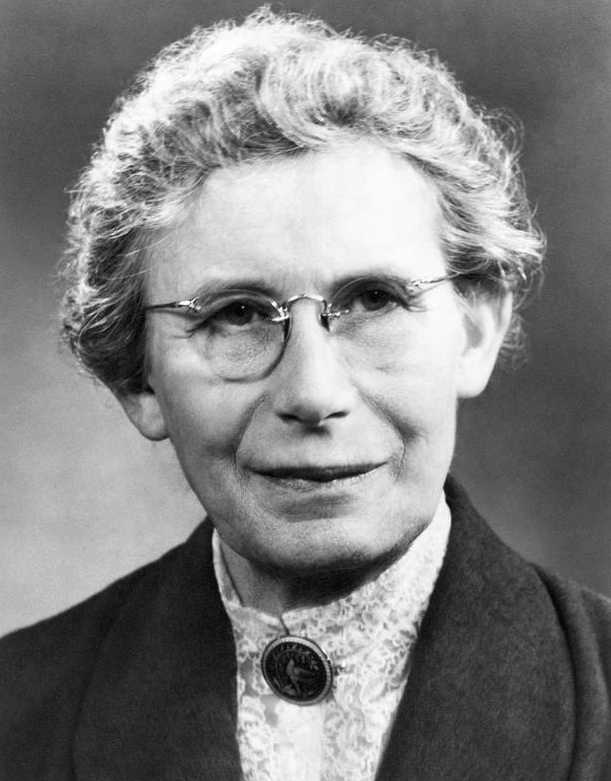1888 - 1993
Date Added:
Edited

Inge Lehmann, (born May 13, 1888, Copenhagen, Denmark—died February 21, 1993, Copenhagen), Danish seismologist best known for her discovery of the inner core of Earth in 1936 by using seismic wave data. Two boundary regions, or discontinuities, are named for her: one Lehmann discontinuity occurs between Earth’s inner and outer core at a depth of roughly 5,100 km (about 3,200 miles), and the other occurs at a depth of approximately 200 km (about 120 miles) beneath Earth’s surface in the upper mantle. Inge Lehmann was born to Alfred Lehmann, a psychology professor, and Ida Tørsleff. Growing up in Copenhagen, she attended a high school that treated girls and boys equally—a progressive idea at the time. In 1907 she began her study of mathematics at the University of Copenhagen, intending to obtain a candidata magisterii (cand.mag.; comparable to a master’s degree). From the autumn of 1910 to December 1911, Lehmann attended Newnham College, Cambridge, but fatigue and overwork forced her return to Copenhagen. Lehmann did not attend school between 1911 and 1918, instead serving as an actuarial assistant. She returned to the University of Copenhagen in 1918 and graduated with a cand.mag. in mathematics in 1920. She continued studying mathematics at the University of Hamburg during the fall of 1922, before taking another position as an actuarial assistant in 1923, this time working with a professor in the actuarial science department at the University of Copenhagen. In 1925 she became an assistant to the head of the Royal Danish Geodetic Institute, and part of her work involved setting up Denmark’s first seismic stations near Copenhagen, as well as in Ivigtut and Scoresbysund (now Ittoqqortoomiit), Greenland. Because of her growing interest in that topic, she again enrolled in the University of Copenhagen and studied seismology during the summer of 1927, later graduating with a magister scientiarum (master of science) in 1928. That same year Lehmann was appointed as the state geodesist and was made the head of the Seismological Department of the Royal Danish Geodetic Institute. She held the latter post until her retirement in 1953. The bulk of Lehmann’s work at the Seismological Department invlved managing the seismological stations both in Denmark and in Greenland, as well as collecting seismograph information and creating the bulletins associated with the stations. She became interested in determining the location of earthquake epicentres more accurately from the data her seismographs provided. She did so by correlating the primary seismic wave forms collected.. She was also interested in calculating the travel times of various types of seismic waves through the planet.
click hereShare your thoughts on this story with us. Your comments will not be made public.
Email
Copyright ©2016 - Design By Bureau Blank